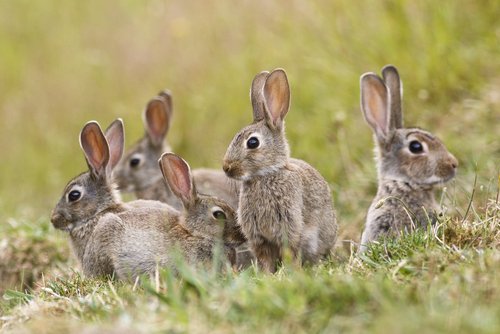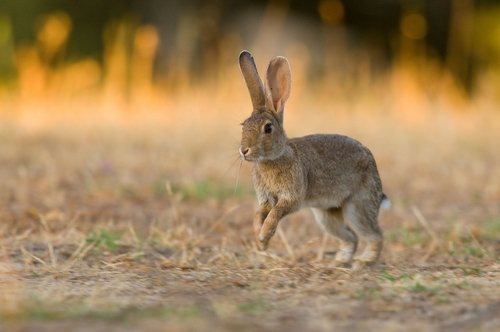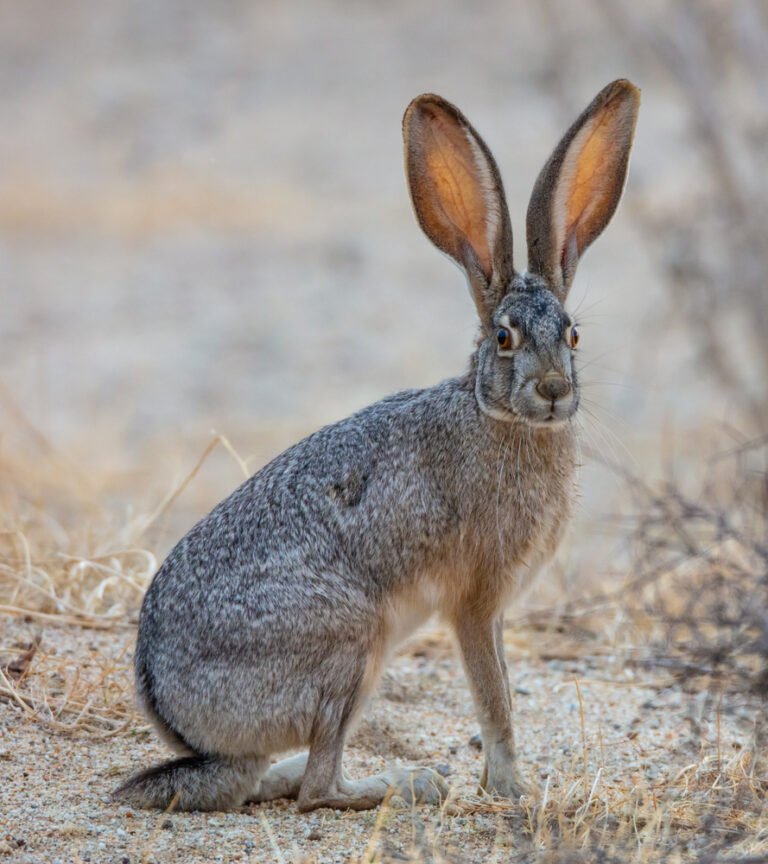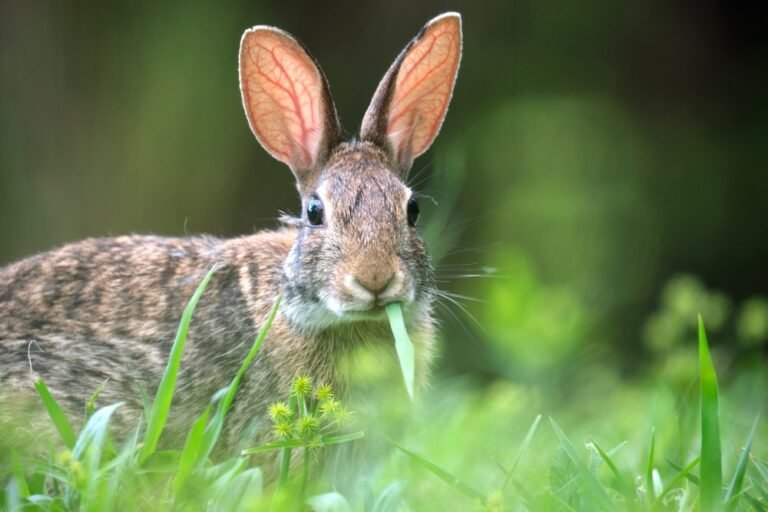Rabbit Hunting Conservation – What You Need to Know Now
Overactive rabbit populations can strain ecosystems. These prolific animals can deplete vegetation in a very short time. The importance of rabbit hunting conservation, filling the void left by declining natural predators.

Preserving Rabbit Habitats: Essential for Survival
Rabbits rely heavily on suitable habitats for food, cover, and breeding. Hunters play a pivotal role in habitat preservation, supporting land protection and restoration initiatives. This not only aids rabbit conservation but also bolsters overall biodiversity.
Understanding Bag Limits and Seasons: Harmonious Balance
In sustainable hunting, bag limits and seasons are vital. They balance hunting activities with rabbit population health. Authorities set these limits based on ecological factors, ensuring long-term viability and minimal disruption to rabbit life cycles.
Regulated Hunting Seasons: Fostering Ecological Resilience
Regulated seasons align hunting with rabbits’ life stages and non-breeding periods, minimizing impact on reproduction. This helps wildlife management gather data for conservation efforts, contributing to a balanced ecosystem.
Bag Limits: Nurturing Healthy Populations
Bag limits prevent overharvesting, allowing natural growth and preserving biodiversity. This approach ensures ecological balance and the well-being of rabbit populations.
Rabbit Species Diversity: Hunting and Conservation
Different rabbit species present unique hunting challenges and ecological roles. Cottontails, common in North America, thrive in varied habitats, while jackrabbits, known for their speed, inhabit open areas. Understanding each species’ biology and behavior is crucial for effective management and hunting strategies.
Habitat Preferences and Adaptations
Cottontails favor dense vegetation for cover, while jackrabbits are adapted to open spaces. Knowing these preferences helps hunters and conservationists tailor their approaches to rabbit species.
Mating Habits and Reproductive Strategies
Rabbits’ reproductive habits influence population dynamics. Cottontails have short gestation periods and multiple litters, while jackrabbits have fewer litters. These differences are key to understanding and managing rabbit populations.
Rabbit Hunting Techniques: Tradition Meets Modernity
Traditional hunting methods like using beagles or shotguns remain popular. These practices highlight the partnership between hunters and dogs, combining skill and natural abilities. Modern techniques, such as trail cameras and bowhunting, bring new dimensions to rabbit hunting, enhancing efficiency while respecting conservation principles.
Conclusion
Rabbit hunting, through a blend of traditional and modern methods, aligns with wildlife management and conservation. Whether using dogs, firearms, or technology, hunters contribute to sustainable practices. These approaches ensure rabbit population health, maintain biodiversity, and allow future generations to enjoy both hunting and the richness of our ecosystems.





